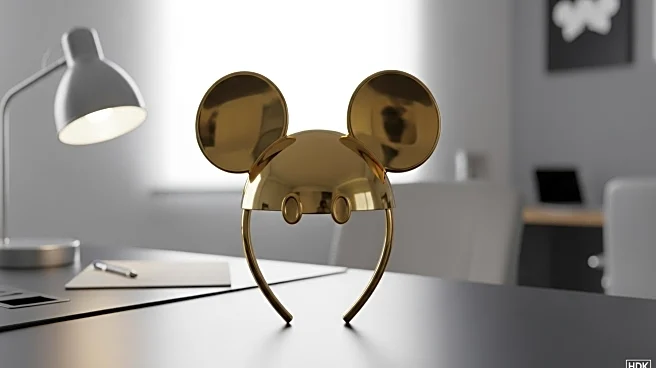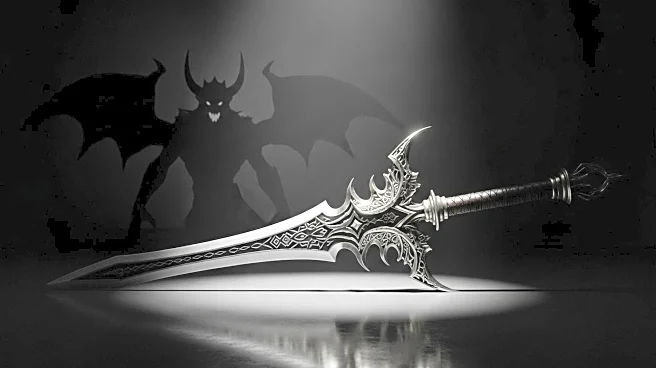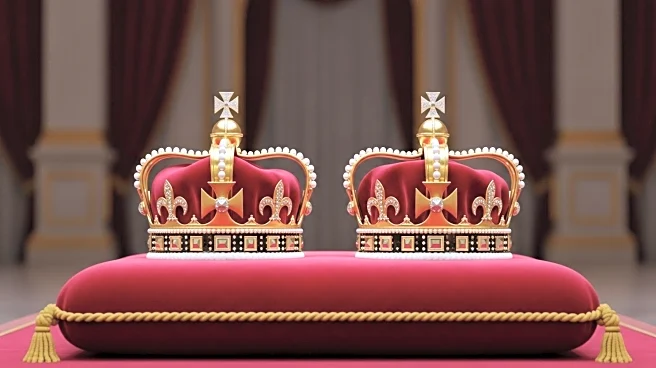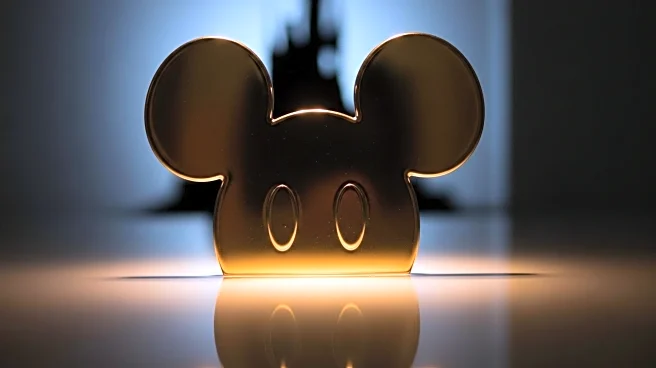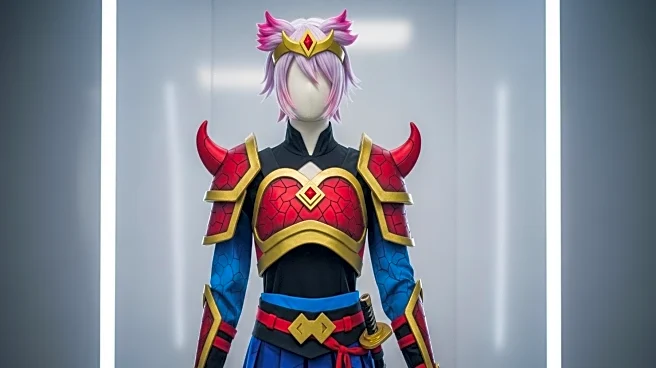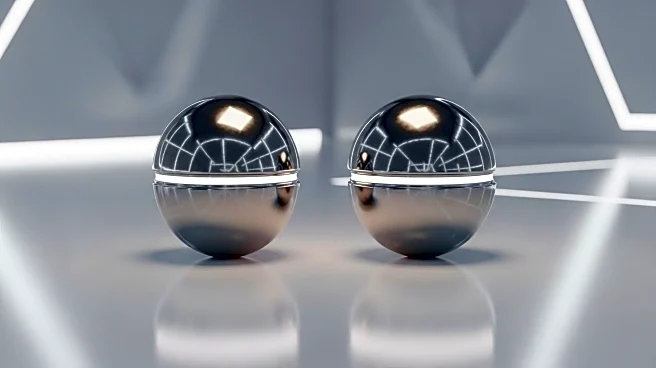What is the story about?
What's Happening?
Disney is exploring the possibility of appointing Dana Walden and Josh D'Amaro as co-CEOs to succeed Bob Iger. This approach mirrors Netflix's successful co-CEO model, where Ted Sarandos and Greg Peters manage distinct areas of the company without conflict. Walden's expertise lies in Hollywood, while D'Amaro focuses on parks and consumer products. However, Disney's history with leadership transitions raises concerns about the effectiveness of a co-CEO structure. Iger's previous reluctance to fully relinquish control and the company's complex corporate culture could complicate the power-sharing arrangement. Disney's past experiences with succession, including Kevin Mayer's departure after being passed over for CEO, highlight potential risks of losing top executives if only one successor is chosen.
Why It's Important?
The decision to implement a co-CEO structure at Disney could significantly impact the company's leadership dynamics and strategic direction. A successful transition could ensure continuity and retain key executives, while a flawed approach might lead to internal conflicts and instability. Disney's corporate culture, characterized by political maneuvering and diverse acquisitions, poses challenges to a unified leadership model. The outcome of this decision will influence Disney's ability to navigate future challenges in the entertainment industry, including competition from streaming services and evolving consumer preferences. Stakeholders, including employees and investors, are closely watching how Disney manages this critical leadership transition.
What's Next?
If Disney proceeds with the co-CEO model, it will need to address potential issues related to power-sharing and decision-making. The company must ensure clear delineation of responsibilities between Walden and D'Amaro to avoid conflicts. Additionally, Disney's board will need to manage Iger's involvement to prevent undermining the new leadership structure. The success of this transition will depend on the ability of the co-CEOs to collaborate effectively and maintain Disney's competitive edge. The entertainment industry will be observing Disney's approach, as it may set a precedent for other companies considering similar leadership models.
Beyond the Headlines
The consideration of a co-CEO structure at Disney reflects broader trends in corporate governance, where companies seek innovative solutions to leadership challenges. This move highlights the importance of adaptability in managing complex organizations with diverse business units. Disney's decision could influence other companies facing similar succession dilemmas, prompting them to reevaluate traditional leadership models. The cultural and operational implications of this transition will be significant, potentially reshaping Disney's approach to innovation and strategic growth.
AI Generated Content
Do you find this article useful?
